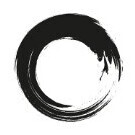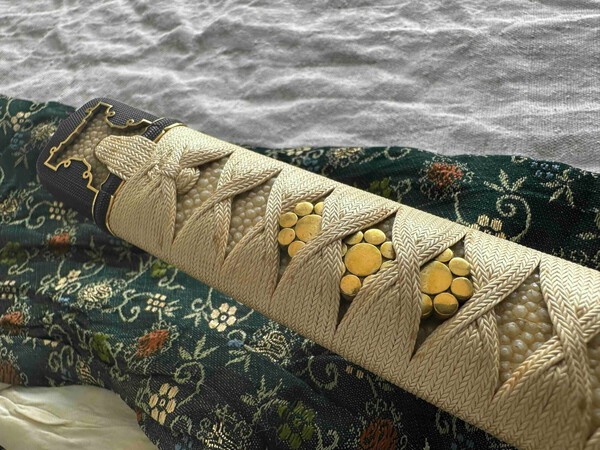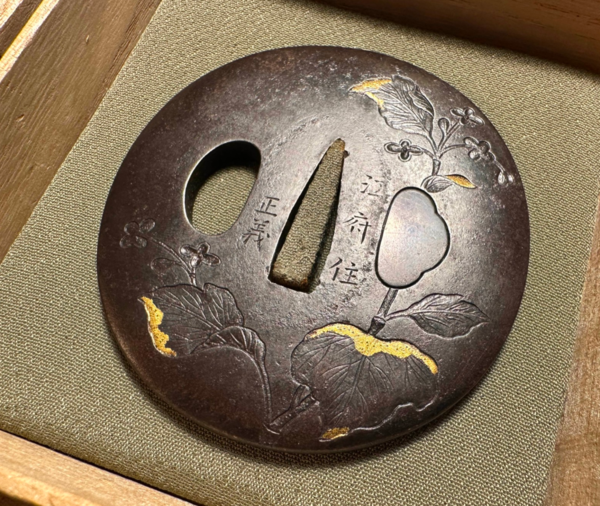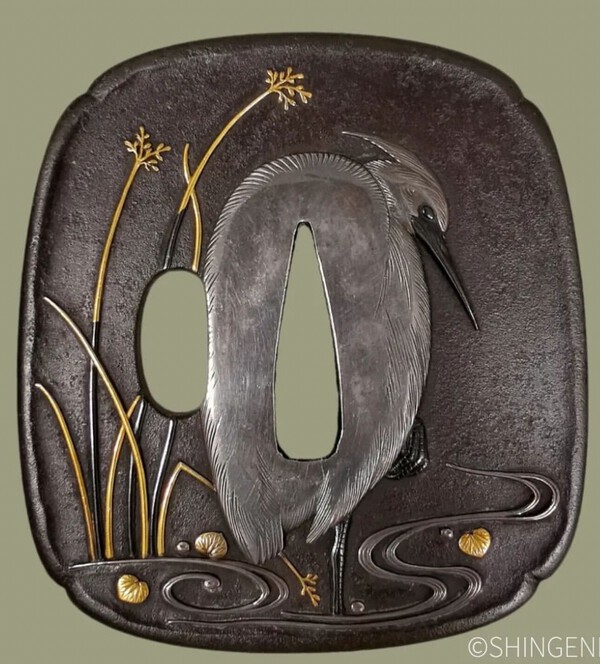-
Posts
543 -
Joined
-
Last visited
-
Days Won
9
Content Type
Profiles
Forums
Events
Store
Downloads
Gallery
Everything posted by Okan
-
Hi guys, Yet another TH koshirae I would like to share. I acquired it recently, slight chance it might be original to its Sukesada. It has a pretty simple design, but I think that's what makes it elegant.
- 3 replies
-
- 13
-

-

-

-

-
Can you share the picture please? Cause the one you've shared is a screenshot from the ebay link.
-
You don't have to address this, that only one person's opinion is the most significant one when it comes to collecting and studying. I get that you may not afford expensive tsuba on a month to month basis, but some of the beginner collectors might want to wait a couple of months, even years, before making a new purchase... Like most of us do here.
-
Krueger could have easily kept the Masamune for himself and given Truman a Gunto like MacArthur did to Roosevelt..I think that’s what he was thinking in the first picture.
-
Here’s some excellent advice for new collectors from the late Darcy. Thought I’d share it here in his memory! "For a collector, this small range in valuation differences between the mediocre and great is something that can be taken advantage of, no matter what your spending level, as small increments in valuation give rapidly increasing rewards for rarity, interest, and quality. This is the primary reason why it is a mistake to accumulate large numbers of items, because concentrating the same funds into fewer and more important works yields excellent results in these collecting domains. There has to be a reason to buy something. More than just liking it, because there are a lot of things out there to like and they do deserve being liked. Owning is a different set of criteria however. If you end up with the dreaded accumulation of stuff you will have missed much more interesting paths in exchange for simple quantity. "
-
Not sure if you’ve seen this photo before, but I thought I should share it. This is General Walter Krueger, who presented a Masamune to President Truman.
-
“My friend bought this, and I took a picture of it.” Did you mean, “I found a s**t tsuba on eBay, took a screenshot of it, and am now fooling some idiot forum members so I’ll be the first to buy it in case it’s a treasure? Go ahead, buy it, it's an authentic treasure. Here is the link: https://www.ebay.com/itm/365186018162
-

ROBERT HAYNES
Okan replied to BIG's topic in Sword Shows, Events, Community News and Legislation Issues
Thank you Peter! -

Expert knowledge and experience
Okan replied to Lukrez's topic in General Nihonto Related Discussion
That’s not entirely true. High-quality items are still available in the market; it’s just a matter of knowing where to look. However, their very high prices often make them unaffordable for most collectors. Japanese dealers naturally prioritize their loyal customers. If a Japanese collector is searching for a specific sword or has a focused collection, they’ll be the first to know about it—which is completely normal. Some old collectors don’t even use the Internet, so their business are conducted the old-fashioned way. With that being said, some very high-end Swiss collectors are often among the first to hear about specific swords entering the market. I also disagree with the common saying, “If it were a good sword, it would have been sold in Japan.” Just because a Japanese passes on a particular sword doesn’t mean it’s a bad one. In fact, I’ve seen high-quality swords leave Japan, often worth much more than their perceived value, yet overlooked by Japanese collectors. When buying a sword, thorough research is essential. Since you often don’t have the opportunity to examine the blades in person, it’s crucial to find a dealer you can trust. As you mentioned, some dealers(maybe most of them) may hide some flaws. Always ask if there are any imperfections. If they claim there aren’t but you later discover one, don’t hesitate to address it publicly—start a discussion, post about it on Facebook. It could impact their reputation and hold them accountable. -
Since you asked for an opinion: Mei looks ok(although not perfect), sword itself does not. (I'm not saying it's a bad sword, it's just not Tadayoshi..I've seen quite a few) I wouldn't waste time/money to send it for shinsa as I'm %100 sure that it's been there already. (Japanese dealers are not idiots)
-

Ayanokoji Sadatoshi with TH papers
Okan replied to Gerry's topic in Auctions and Online Sales or Sellers
What happened is exactly as you described @Jussi Ekholm -
-
It takes roughly a month these days. I just received my export permit today, which was applied for exactly 28 days ago.
-
Perhaps this is a matter best left for the Japanese people to address, as they are the true custodians of their cultural heritage.
-
-
Hi Simon, It’s most likely a cast tsuba made for tourists in the 1970s-80s. It’s not genuine, but don’t worry—buying a cast piece will help you learn and differentiate between fake and real ones in the future.
-
住東叡山忍岡辺長曽祢虎徹入道 Nagasone, priest name ´Kotetsu´, close to Shinobugaoka at the Tōeizan Gimei.
-
- 14 replies
-
- 15
-

-

-

-

-
Shopping can become an addiction, but collecting itself is not. For the true collector, a collection serves as a form of self-expression. Hoarders, on the other hand, often feel a compulsive need to acquire as many items as possible within their budget to boost their self-esteem. For serious collectors, a collection should evolve with personal taste, which requires knowledge to develop. That’s why the first piece of advice you’ll hear is to invest in books. This principle applies to various fields, whether it’s swords, ukiyo-e, ceramics, or others. Some collectors might purchase ten tsuba for $1,000, while others might choose to buy only one for the same amount or even much much more. It all comes down to personal taste, as long as you understand what you’re buying and why. Self-education is very important to distinguish between a $1,000 tsuba and a $100 one. There are also individuals who don’t feel a need to collect items but instead focus on research and knowledge. For example, Markus Sesko(who is a very big deal) owns only one tsuba, which was gifted to him. Hope this helps! I wrote this with "swords" in mind, but the same principles apply to tsuba collecting as well.
- 57 replies
-
- 11
-

-

-

-
-
https://psychcentral...tention-seeking-kids
-
@Dan tsuba, I think you are overreacting. Paris probably didn't know what he bought, so I agree with @ROKUJURO and @Alex A. He mentions that he is learning, but these are not learning pieces. There’s no need to misguide him. Let him learn, and only then can he decide if he wants to collect rusted shipwreck pieces or Goto.















